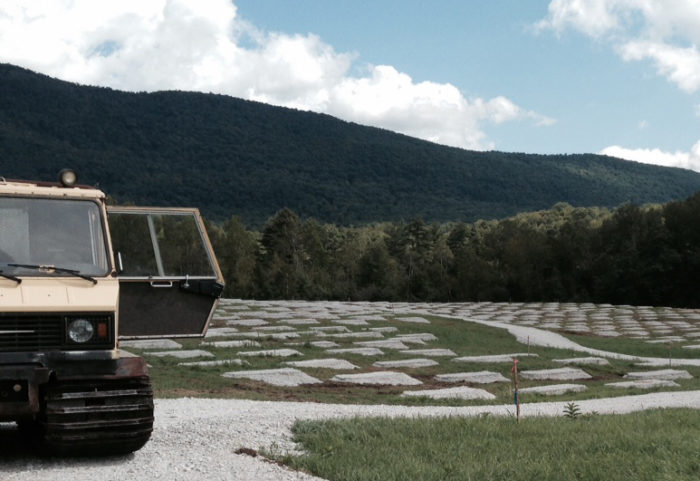
Image Credit: Green Mountain Power
The largest electric utility in Vermont has announced its intent to offer a variety of new products and services to its customers and develop a network of micro-grids through the state that offer more reliable service than the existing “legacy grid system.”
Beginning in the city of Rutland next year, Green Mountain Power said it would partner with NRG Energy to develop an advanced distribution grid that could serve as a model for expansion to other parts of the state later. The utility has some 265,000 residential and business customers in Vermont.
The plans were rolled out at a press conference earlier this month, where Green Mountain Power CEO Mary Powell and NRG CEO David Crane said they would establish Rutland as the “energy city of the future” and make Vermont a leader in cost-effective, sustainable energy systems, according to an article in the Burlington Free Press.
The aim is to reconfigure the distribution grid so that it includes local sources of power, such as photovoltaic (PV) panels and battery storage, that can allow it to operate independently during emergencies, the report said.
“We’re not building a second grid,” Powell said at the news conference. “We’re taking the existing grid — a good way of thinking of it — and breaking it into smaller pieces that can operate independent of the larger grid.”
The details have have yet to be worked out
Rutland is a city of about 16,500 in the central part of the state and one of two headquarters for Green Mountain Power.
There are a number of elements to the utility’s proposal, according to a summary that appeared on The Wall Street Journal‘s business wire:
- A smart home feature that would allow subscribing customers to remotely manage energy consumption in their homes. Green Mountain said it might offer NRG’s web-based technology that allows customers to monitor energy use. Customers also might be able to participate in “demand response” where they get credits on their bills or payments in return for reducing their use of power for specific periods of time.
- Distribution of NRG power packs allowing customers to recharge smart phones without grid electricity.
- A network of charging stations for electric vehicles.
- Small-scale solar arrays that provide residential and commercial customers with power.
- Access to a device called the Beacon 10, which uses natural gas to generate as much as 10 kilowatts of electricity and can work in tandem with PV panels.
Green Mountain, however, hasn’t provided many details on when and how its proposals would be rolled out.
“Our goal here was to establish the partnership with NRG and get that going,” Green Mountain media director Kristin Carlson said by telephone. “We do not have yet any specific hard dates or timelines or costs for what these products will cost for customers. We’ve made the commitment that they must be cost effective and help people reduce their rates.”
Rutland solar farm is a sign of what’s to come
Although most details still seem murky, Green Mountain already has broken ground on a 2-megawatt solar installation that could become a template for micro-grids of the future. The Stafford Hill Solar Farm will include 7,700 PV panels and 4 megawatts of battery storage that can be used to power an emergency shelter at the city’s high school, according to the utility.
The $10 million project is due for completion by the end of the year.
“Stafford Hill is the first step that takes us down this path,” Carlson said, “but there will be much more of that in Rutland and across the state.
“Our vision is that over time we create a network of micro-grids so the poles and wires that currently exist are more of a backup system to what we’ve now created,” she said. The transition to a distribution system dominated by micro-grids could be 15 or 20 years in the making, she added, but in the end would result in a more reliable system with more power created locally.
Lowering costs for consumers is a key part of the utility’s plans, she said. In fact, Carlson added, rates for Green Mountain customers would be going down by nearly 2.5% on Oct. 1.
Green Mountain says it’s not locked into a contract
NRG Energy, according to a profile published by Reuters, is a wholesale power generation and retail electricity company. It has more than 45,000 megawatts of fossil fuel and nuclear generating capacity, plus two natural gas generating stations.
NRG also is pursuing a variety of alternative energy technologies, such as distributed solar, solar thermal and photovoltaic, as well as electric vehicles and smart meter technology.
The company has already partnered with Green Mountain in developing a 150 kW solar array in Rutland that serves 50 residents.
Carlson, however, was careful to point out the most recent announcement didn’t mean NRG would be Green Mountain’s only possible partner in developing new grid technologies.
“This is an agreement with NRG, but it’s not a binding contract,” she said. “So, if someone else were to come into the market in Vermont with better of different products or services that we’d really like to use, then we can. We don’t have any kind of exclusivity with them.”
Weekly Newsletter
Get building science and energy efficiency advice, plus special offers, in your inbox.





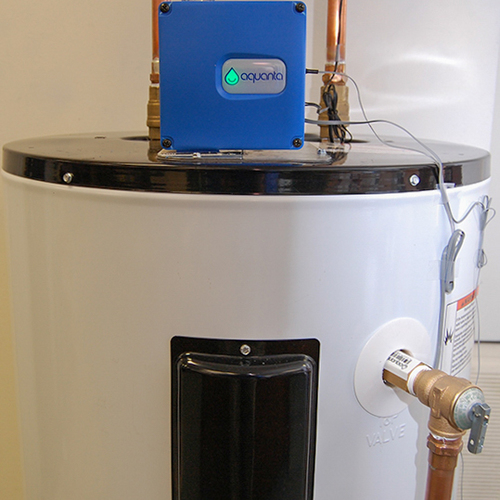
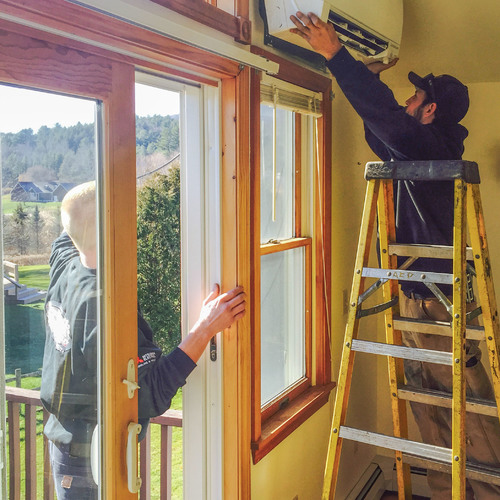
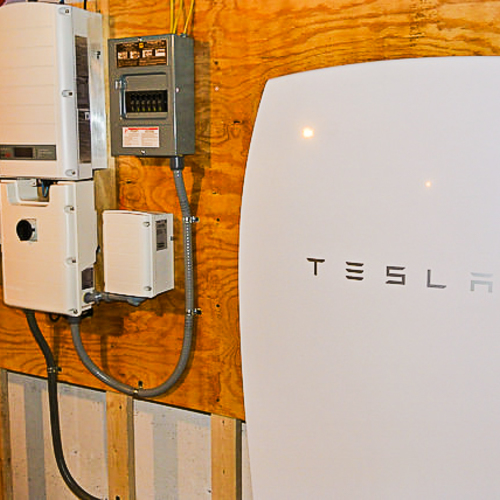
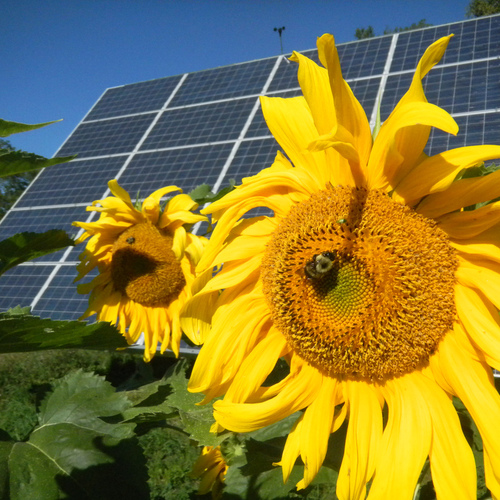






One Comment
The nose of the camel is under the tent!
Rutland's foray into Grid 2.0 is going to be a good experiment to watch, and I'm sure it will affect NRG's approach going forward in other places.
But it may be quickly upstaged by what's going on next door in New York, where the entire ISO-NY grid is undergoing a massive regulatory reform putting the whole into the kettle of thorny (but necessary) change. The rev. 0 straw proposal of the upcoming changes was released just this week. (WARNING: Deep grid-policy weeds ahead- energy nerds only, please! :-) ):
http://energystorage.org/system/files/resources/nyrev_dpsstaffproposal_8_22_14.pdf
LIPA and Con-Ed will be moving as quickly as possible on some of this stuff- do avoid over-spending on grid upgrades that eventually would not be needed with more distributed generation on their local grids.
edited to add:
For the view from 30,000' of why restructuring how grids operate (both physically and financially) is becoming an urgent necessity, this bit o' analysis from CitiGroup is fairly readable:
https://ir.citi.com/Jb89SJMmf%2BsAVK2AKa3QE5EJwb4fvI5UUplD0ICiGOOk0NV2CqNI%2FPDLJqxidz2VAXXAXFB6fOY%3D
Log in or create an account to post a comment.
Sign up Log in